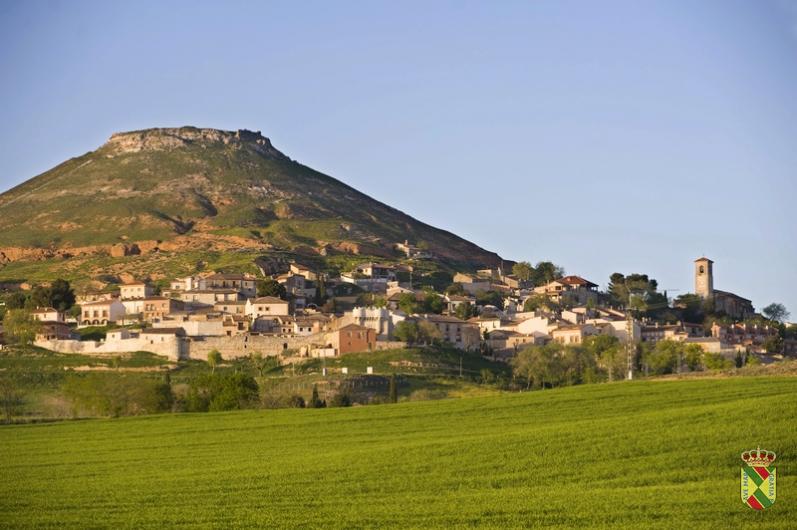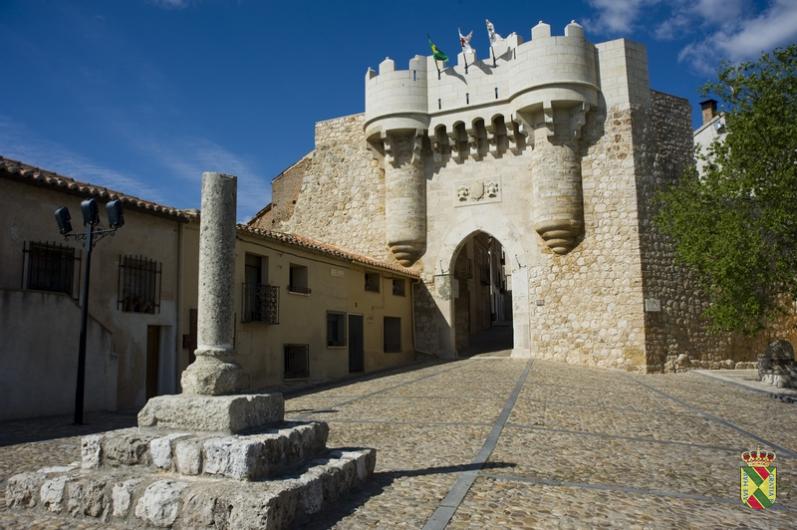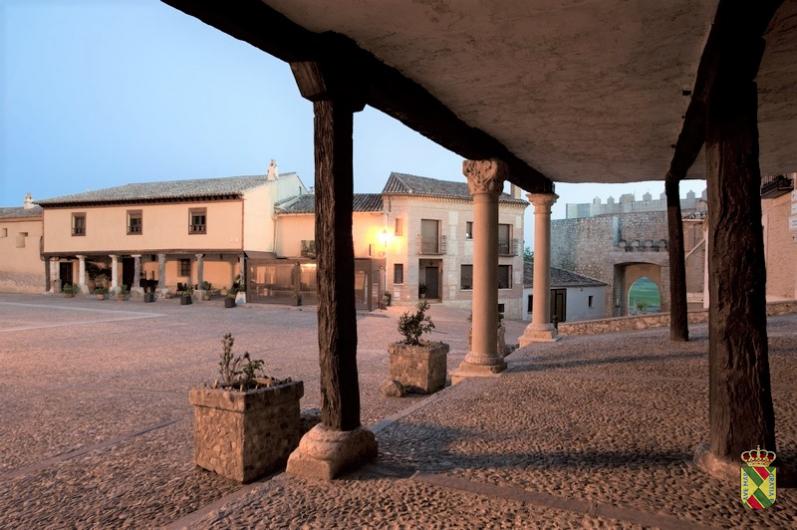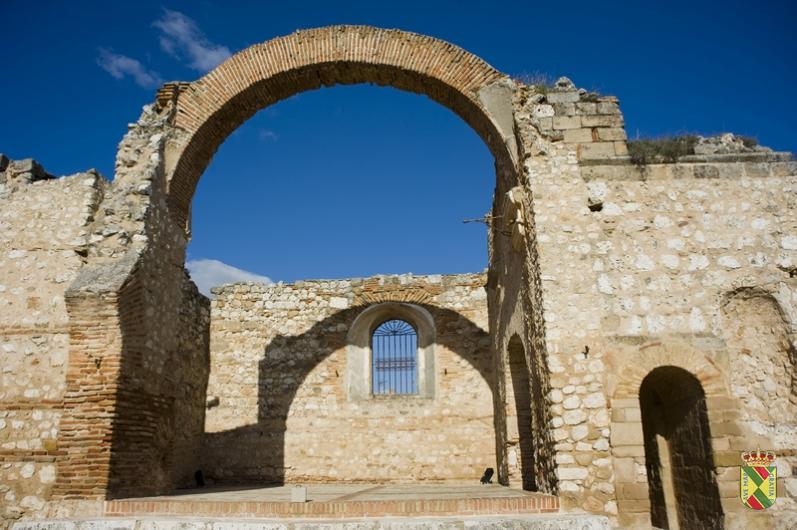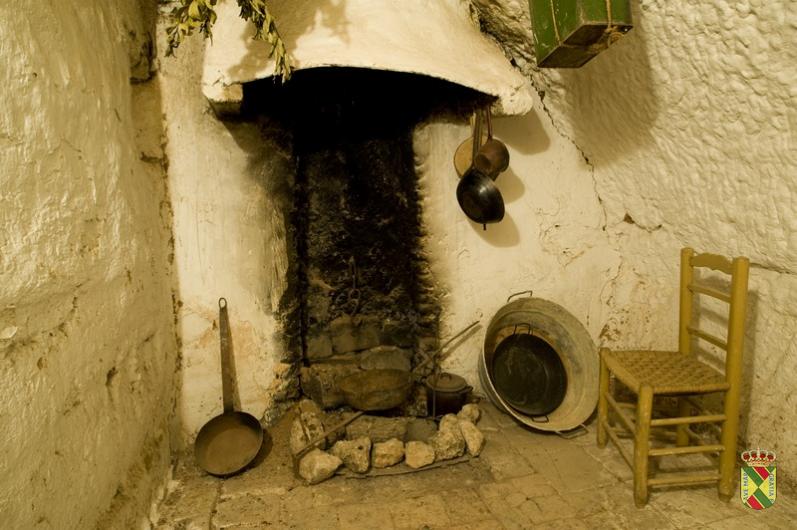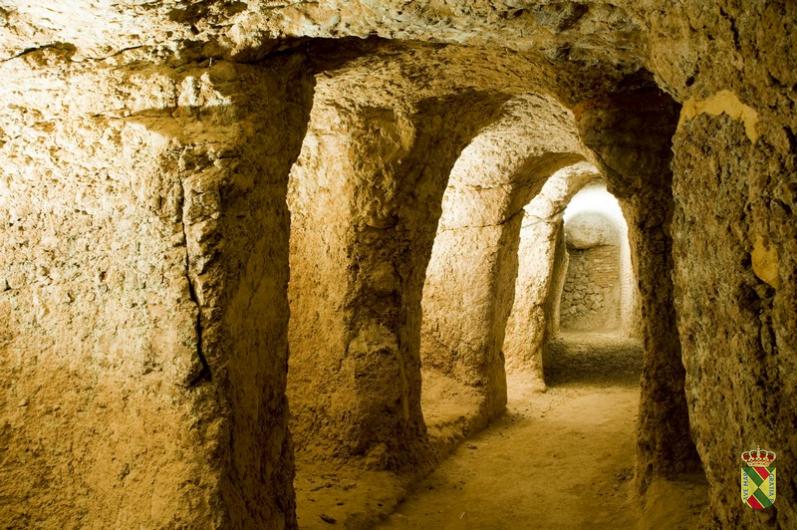Hita preserves its old town with its medieval layout and was declared a Historic Site in 1965. Under Muslim rule, a fortress was established on the top of the hill on whose slope the town sits. Throughout the 13th century an important Jewish quarter was developed. A century later Juan Ruiz, Archpriest of Hita, wrote the “Libro de Buen Amor” (“Book of Good Love”), a summary of stories about love and romantic relationships, considered as one of the foundational texts of Spanish literature. The Marquis of Santillana lived a last period of splendour as lord of the town during the 15th century. Finally, during the 20th century, a large part of the old town was destroyed due to the bombings of the Civil War that was indeed very bloody in the region.
We only have archaeological remains of the former Castle of Hita. Only one kilometre of the wall, that the Marquis of Santillana ordered to build, still stands. Under one of its canvases we find El Palenque, a space where tournaments and jousts were held back in the days. The Arco de Santa María (Saint Mary’s Door), a Gothic style door of the wall, is also preserved. Above its arch appears the coat of arms of the Mendoza family, a very important family in the region. The Plaza Mayor or Archpriest's Square was used as a market in the Middle Ages when most of its houses belonged to Jewish families.
The Casa del Arcipreste (Archpriest’s Museum-House) houses a small museum dedicated to “The book of good love”, the Medieval Theatre Festival, archaeology and ethnography. The church of San Pedro (Saint Peter´s church) was destroyed during the Civil War. Parts of its walls and some tombstones of the nobles are still preserved. San Juan Bautista (Saint John’s church) is of Gothic-Mudejar church. The mudejar is a typical Spanish style of the XIII-XVI centuries based on mixing Muslim and Christian decoration elements. The tower has however an Herrerian style, a more sober style belonging to the Rennaissance. Several coffered ceilings stand out in its interior.
In the middle of the slope we see the site formerly occupied by the Iglesia arciprestal de Santa Maria (Archpriest Church of Saint Mary). The “Barrio de los Bodegos” is here located. This is the name given to the cave-houses of medieval origin. The "bodegos" (cellars) excavated on the slope of the hill have different rooms: a kitchen with a fireplace, a sleeping room, the barn and the stable at the end of the cave. These constructions haven´t been used since the 60´s of the past century.
At a lower level than the 'cellars', you will find the wine cellars all over the old town. These caves, more than a hundred, are excavated in the natural terrain in the form of a gallery and reinforced with brick arches. They were used from the Middle Ages to the 20th century for the conservation of wine stored in clay vats. The wine production decreased over the centuries until its complete disappearance nowadays.





